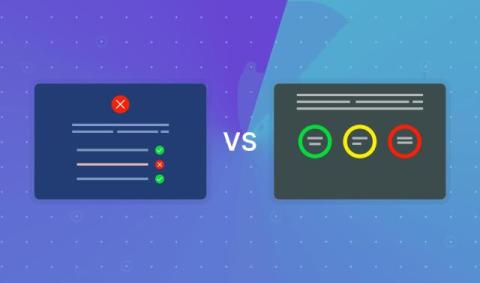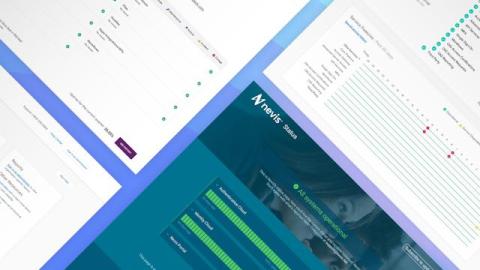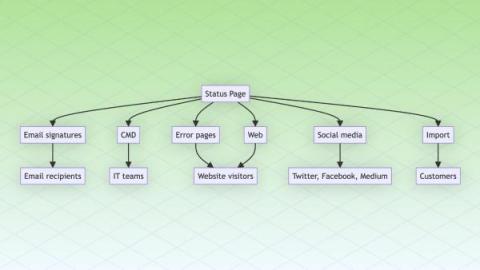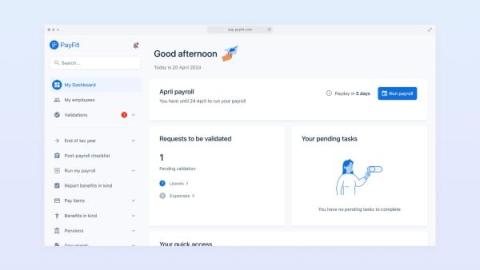Top 16 DevOps Tools for 2025: (Excellent for SREs, Too!)
It’s 2025—the year of the singularity. AI is automating everything, turning us into relics of the past. But we, DevOps and SREs, won’t go down without a fight! Our best weapon? The right tools—some even powered by AI itself. In this post, we’ll explore the top DevOps and SRE tools you need to stay ahead, outsmart AI, and prove that humans still rule IT.











